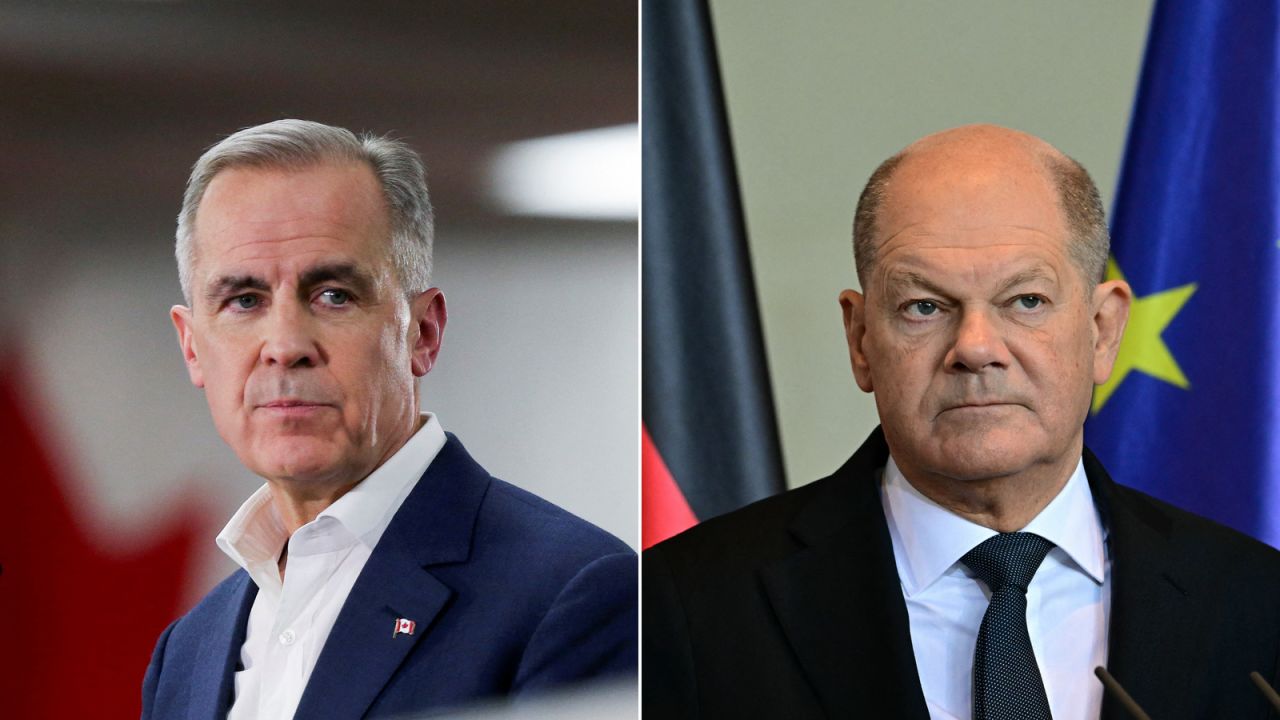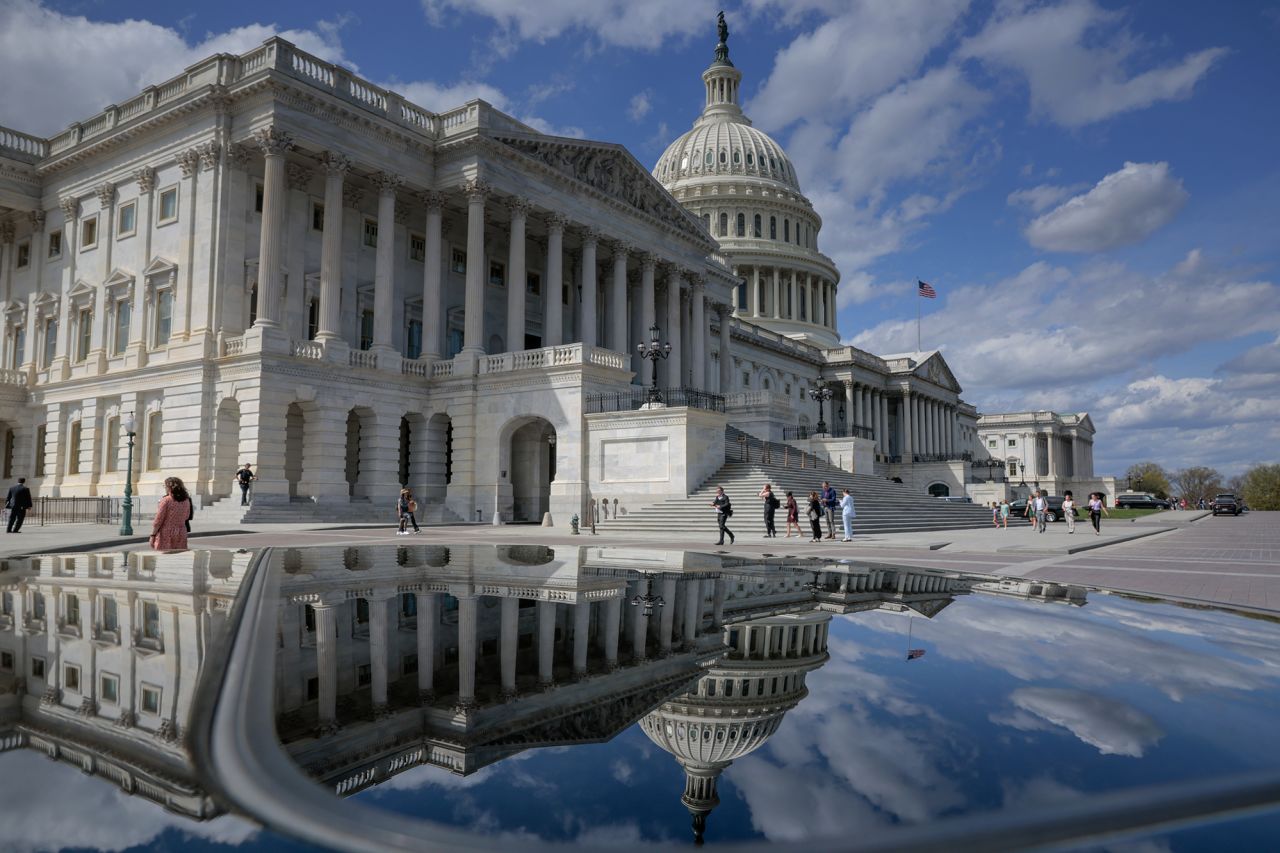“How did Trump calculate the first column of tariffs charged to the US?” Juan in Nicaragua asks.
At first, trade economists were flummoxed by how the tariffs had been calculated.
But the crude methodology used by the White House to calculate the list of “reciprocal” global tariffs has since become clear.
The Trump administration used a simple formula: It took each country’s trade deficit with the US, divided it by the value of that country’s exports to the US – and then divided this figure by half, in a gesture of “kindness.”
Let’s take this step-by-step, using official US data and the example of Vietnam, which President Donald Trump claimed imposed a 90% tariff on US goods and therefore would get a 46% “reciprocal” tariff of its own.
In 2024, Vietnam, a massive and growing global manufacturing hub, sold $136.6 billion worth of goods to the US.
Because Americans want to buy things like Nike shoes a lot more than Vietnamese want to buy things like Ford cars, the US sold a lot less to Vietnam. Vietnam bought just $13.1 billion of goods from the US that same year.
Subtracting $13.1 billion from $136.6 billion gives Vietnam a trade surplus of $123.5 billion with the US. But one man’s trade surplus is another man’s trade deficit – which Trump has made clear he finds unpalatable, akin to being “ripped off.”
Dividing the $123.5 billion by $136.6 billion (the value of Vietnam’s exports to the US) gives 0.90 – or, in percentage terms, 90%. In a supposed act of “kindness,” Trump nearly halved this, meaning Vietnam will “only” now face a tariff of 46%.
With few exceptions, the White House repeated this methodology for all countries on its tariff chart. To be clear, these countries are being punished for having trade surpluses with the US – not because they had imposed a “tariff” on goods traded with the world’s largest economy.
The trend was first pointed out by James Surowiecki, a financial writer, in a post on X.
This post has been updated with additional information.













































